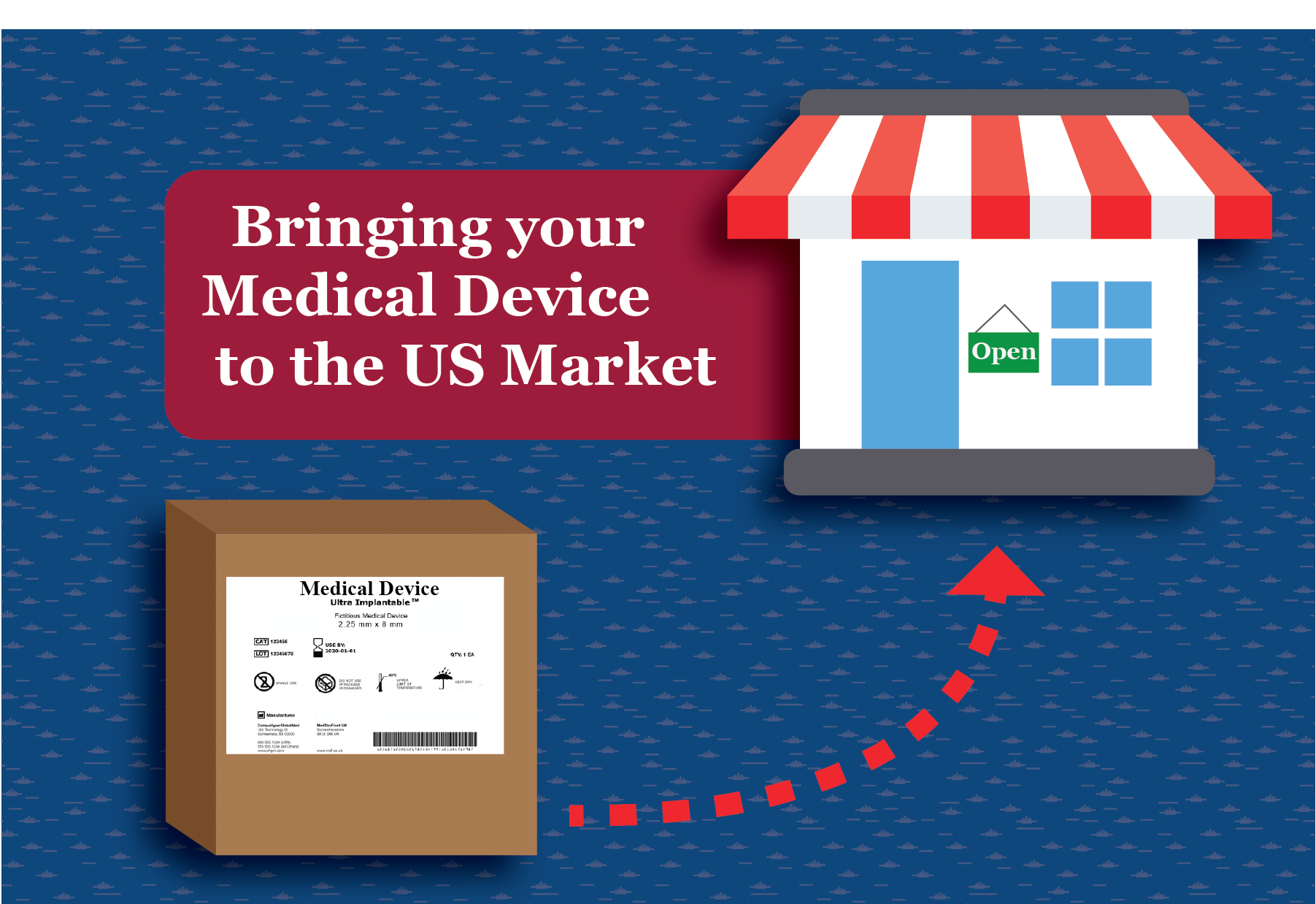Having a regulatory strategy to bring your device to the market may not seem like the most exciting part of developing a medical device, but it is one of the most important and can result in the most headache if not done correctly. A regulatory strategy should provide direction to bring a medical device to market by detailing crucial regulatory activities and aligning them with normal business operations. The first step in creating a regulatory strategy is having a cross functional team that can identify crucial aspects such as: How the device will be used, what population it will be marketed to, if there are any similar devices, device risks, and other design aspects which are important for regulatory submission. Having at least general answers to these questions will be the building base of your regulatory strategy.
The next step should be understanding what classification your device may be, and how to submit your application to the FDA. The 3 most common types of premarket submissions are: 510(k), PMA, and De Novo, which each have their own nuances and criteria.1 Beyond what classification your device falls into, you should also consider things like design controls, nonclinical and clinical testing, and labeling requirements as they are all elements of a premarket submission. Finding a similar, or predicate, device to yours is typically the easiest path for device developers as all this information will be already collected and you can use the predicate device as evidence to the safety and effectiveness of yours. The selected predicate device must be substantially equivalent to yours, with the same intended use and the same technological characteristics.2 The FDA has several searchable databases online to help with your search, but selecting a predicate device should entail thorough research since it will be the basis of your premarket submission.
The final part of a regulatory strategy is understanding logistically how to submit your premarket application to the FDA. The FDA review of your submission consists of two reviews: a substantive review, where they review the technical details of your submission, and the acceptance review, where they assess if your submission contains all the appropriate elements and is in the correct format. The FDA can Refuse to Accept (RTA) any submission that is not in the proper format, is missing information, or the information is not properly identified and organized.3 It is also important to understand the timeline of a submission, when the FDA is required to contact you, and how long you have to respond.
The process of bringing a medical device to market through the FDA can be extremely complicated and time-consuming if you don’t have a proper plan in place. EMMA International has the regulatory expertise to build you a tailor-made regulatory strategy and walk you through the FDA submission process. Contact us at 248-987-4497 or email info@emmainternational.com to see how we can help.
1FDA (May 2019) How to Study and Market Your Device retrieved on 10/23/2019 from: https://www.fda.gov/medical-devices/device-advice-comprehensive-regulatory-assistance/how-study-and-market-your-device
2FDA (September 2018) Premarket Notification 510(k) retrieved on 10/23/2019 from: https://www.fda.gov/medical-devices/premarket-submissions/premarket-notification-510k
3FDA (September 2019) Guidance Document: Refuse to Accept Policy for 510(k)s retrieved on 10/23/2019 from: https://www.fda.gov/regulatory-information/search-fda-guidance-documents/refuse-accept-policy-510ks





